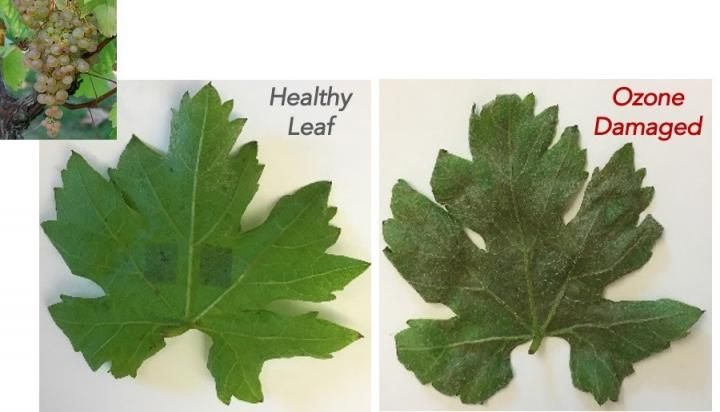
Among the most common air contaminants is ground-level ozone. Every living thing on Earth is shielded from the sun's damaging UV rays by a layer of naturally occurring ozone in the upper atmosphere. However, plants can be harmed by ground-level ozone exposure much like people. Instead of coming from cars or smokestacks, it is created by other pollutants interacting with sunlight in the atmosphere, primarily nitrogen oxides and volatile organic compounds. Plants worldwide, including crops grown for agriculture and plants found in natural habitats, suffer significant harm from ozone.
Plant tissue is burned during respiration when ozone enters through stomata, or leaf apertures, causing damage to the plant. Reduced survival results from this harm to the plant's leaves. Soil moisture, the existence of other pollutants in the air, insects or illnesses, and other environmental pressures are only a few of the many variables that might enhance the degree of ozone injury. Numerous regions of the United States, particularly California and many of the eastern states, have documented ozone's effects on natural vegetation. National parks are examining the impact of ozone on vegetation in partnership with community organizations and students, one method being through ozone gardens.
Because plants are essential for controlling the surrounding atmosphere, harm from ozone to plants could hasten environmental deterioration and have dangerous repercussions for human health. Increased temperatures and decreased humidity in subtropical climes may have stressed plants, which in turn decreased their capacity to absorb ozone, leading to an increase in the quantity of ozone in the atmosphere. This could explain the increasing ozone trend.
Given that it is not entirely emitted, ozone is among the most challenging pollutants to regulate. Rather, sunlight reacts with hazardous substances and nitrous oxides produced from fossil fuel- and biomass-burning facilities, power plants, landfills, and other sources to create this secondary pollutant.
Upvoted. Thank You for sending some of your rewards to @null. Get more BLURT:
@ mariuszkarowski/how-to-get-automatic-upvote-from-my-accounts@ blurtbooster/blurt-booster-introduction-rules-and-guidelines-1699999662965@ nalexadre/blurt-nexus-creating-an-affiliate-account-1700008765859@ kryptodenno - win BLURT POWER delegationNote: This bot will not vote on AI-generated content